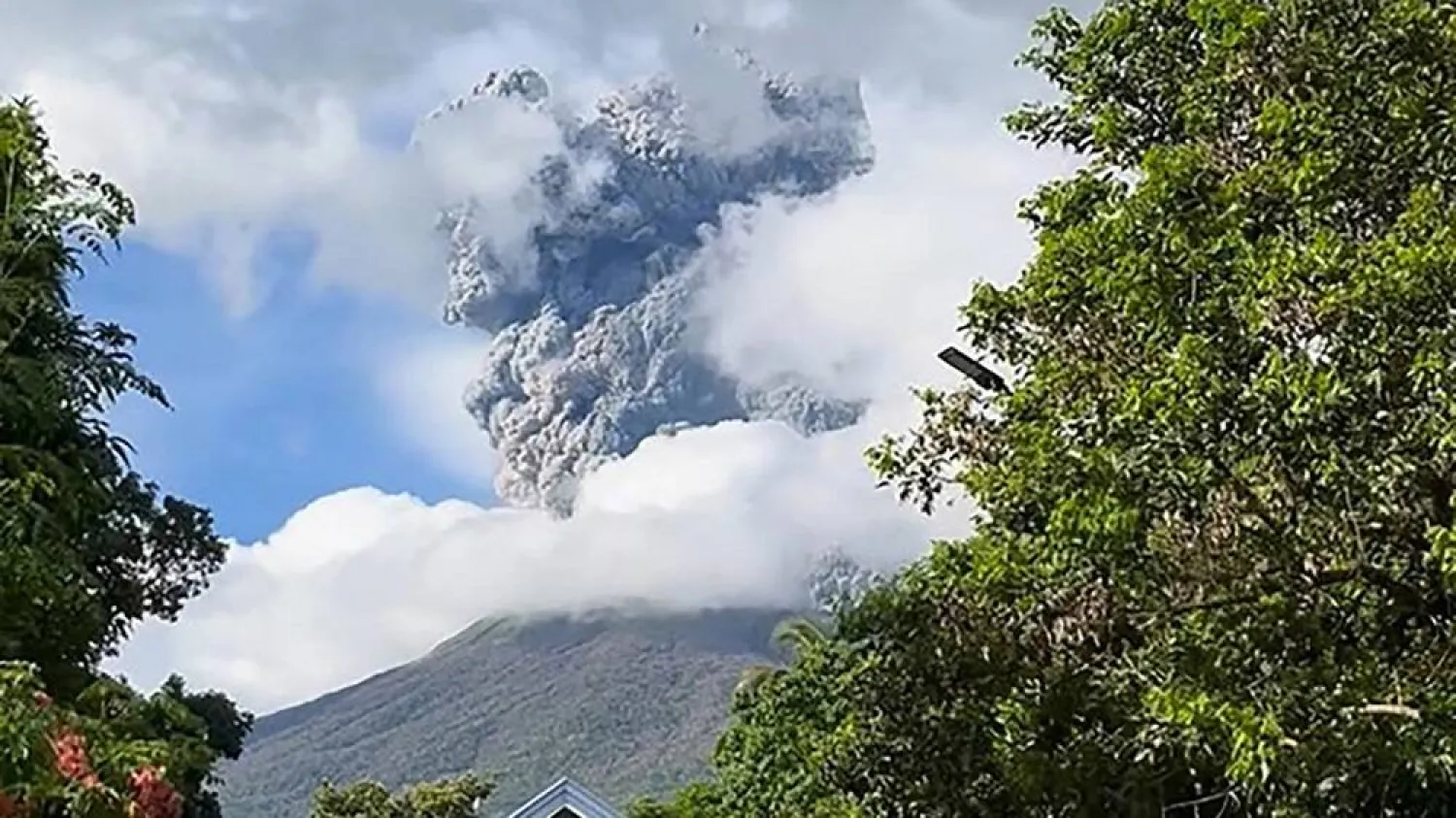Humans have the potential to become venomous due the genetic similarities between our saliva glands and a snake's venom glands, say scientists.
A joint research team from Japan's Okinawa Institute of Science and Technology Graduate University (OIST) and the Australian National University, found that the genetic foundation required for oral venom to evolve is present in both reptiles and mammals.
Reporting this in the journal PNAS on April 6, the researchers provided the first concrete evidence of an underlying molecular link between venom glands in snakes and salivary glands in mammals.
Venoms are a cocktail of proteins that animals have weaponized to immobilize and kill prey, as well as for self-defense. What's interesting about venom is that it has arisen in so many different animals: jellyfish, spiders, scorpions, snakes, and even some mammals. Although these animals evolved different ways to deliver venom, an oral system, where venom is injected through a bite is one of the most common.
In the study, the team looked at the genes that played important roles in protecting the cells from stress caused by producing lots of proteins. The genes were also key in regulating protein modification and folding. The scientists used venom glands collected from the Taiwan habu snake, a pit viper found in Asia.
The researchers identified around 3,000 of these 'cooperating' genes. Then, they studied the genomes of other creatures across the animal kingdom, including mammals like dogs, chimpanzees and humans, and found that they contained their own versions of these genes.
When the team looked at the salivary gland tissues within mammals, they found that the genes had a similar pattern of activity to that seen in snake venom glands. The scientists therefore think that salivary glands in mammals and venom glands in snakes share an ancient functional core that has been maintained since the two lineages split hundreds of millions of years ago.







